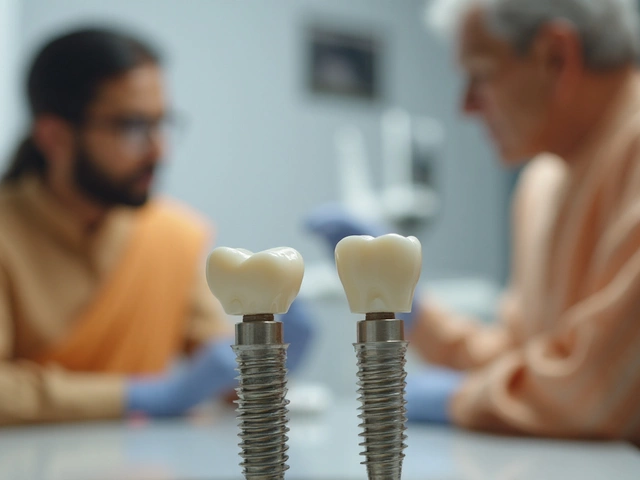Explore the most profound forms of mental health therapy that delve deeper than traditional methods. Discover how these therapies uncover root causes of emotional pain and foster genuine healing. Learn about intriguing techniques that transform the way we think about our mental well-being. This article sheds light on therapies designed to reach the heart of psychological distress.
Read MoreDeep Therapy – Your Quick Path to Real Pain Relief
Ever felt a knot in your back that just won’t go away? Or come home from surgery and wonder why the ache lingers? That’s where deep therapy steps in. It’s a hands‑on approach that targets the layers of muscle and fascia where pain often hides. Unlike a light rub, deep therapy presses down hard enough to break up tightness, improve blood flow, and reset your nervous system.
What Exactly Is Deep Therapy?
Deep therapy covers several techniques, but they all share one goal: reach the deeper tissues that surface massage can’t. The most common styles are:
- Deep tissue massage – slow, firm strokes that work on knots and scar tissue.
- Myofascial release – gentle stretches that unwind the connective tissue sheet covering muscles.
- Trigger point therapy – focused pressure on painful spots that refer pain elsewhere.
All three help reduce inflammation, lower muscle spasm, and give your body a fresh signal that it’s safe to move.
When Should You Try It?
If you’ve had any of these, deep therapy might be worth a shot:
- Recovery after bone or joint surgery – it can shorten the stiffness phase.
- Chronic back or neck pain that hasn’t improved with light stretching.
- Frequent headaches linked to neck tension.
- Sports injuries where scar tissue builds up.
Warning: if you have an open wound, active infection, or severe osteoporosis, skip the deep pressure until a doctor clears you.
Finding the right therapist is key. Look for someone certified in sports massage or myofascial work, and ask about their experience with post‑surgery patients. A quick chat about your medical history can prevent uncomfortable moments.
Want to try a few moves at home? Use a firm foam roller or a massage ball. Roll slowly over the sore spot for 30‑60 seconds, then pause. Don’t force the pressure; the goal is a mild ache, not pain.
After a session, drink water, stretch gently, and give your body a few hours to rest. Most people feel a noticeable drop in tightness within a day, and the benefits build with regular visits – typically once a week for the first month.
Deep therapy isn’t a miracle cure, but it’s a solid tool in the pain‑relief toolbox. Pair it with proper posture, balanced diet, and any doctor‑prescribed rehab, and you’ll likely see faster healing and less reliance on pain pills.
Bottom line: if you’re stuck with stubborn muscle pain or recovering from an operation, deep therapy offers a practical, hands‑on way to get moving again. Give it a try and see how quickly the tension fades.





